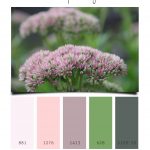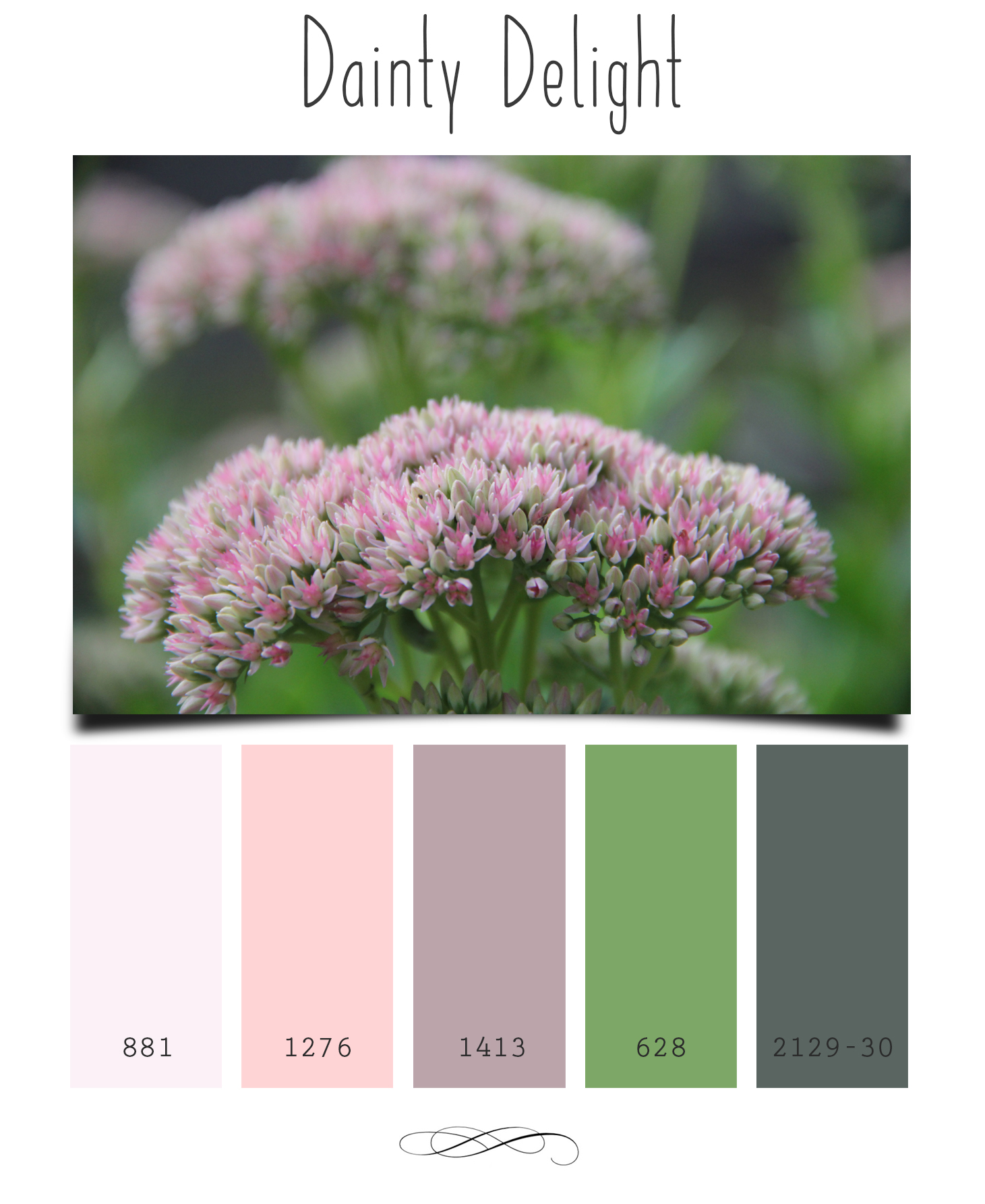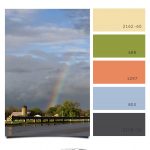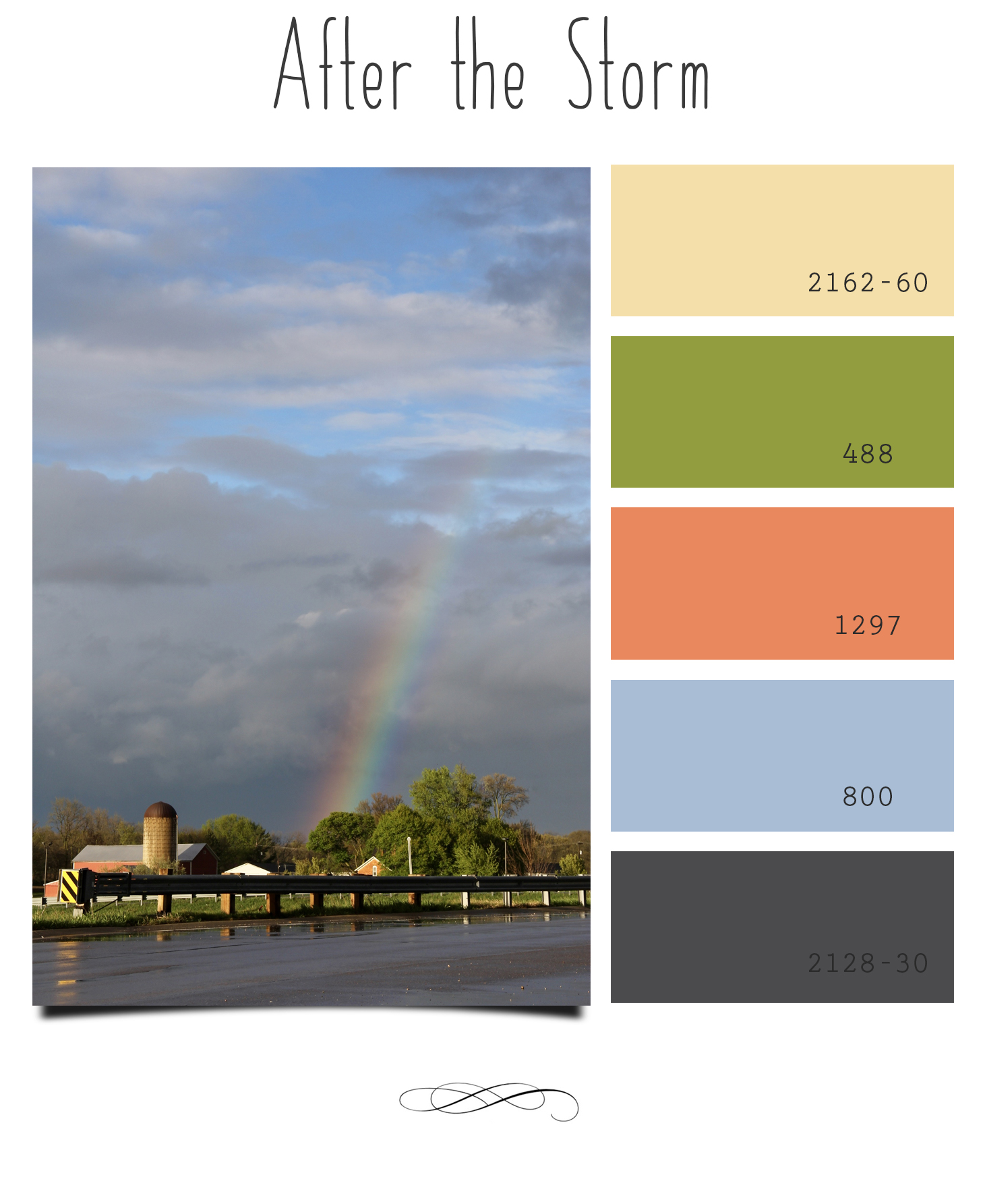Today we sit down and talk carpet cleaning with the experts at Fibercare Carpet and Rug Cleaning in Jenison. It’s a fun interview and they fill us in on how to clean wine, blood, urine and all kinds of other common spills out of our carpets! Formulas and cleaning instructions they discuss on air are included below in the notes!
Also, a stiff paint brush has almost no practical use at all! Fortunately, there’s often a way to restore an old brush to “like new” quality!
Finally, painting bare wood (and sometimes even varnished wood) can result in brown or yellow stains bleeding through your finish paint. It’s frustrating and often confusing. But we’ve got the answers here!
Listen here:
SHOW NOTES
SEGMENTS 1 and 2: CARPET CLEANING
Information on Spot Cleaning
*Always start with blotting the excess liquid & use a rounded spoon to scrape up semi-solids, being careful not to rub the yarns.
Pet Urine, Feces, & Vomit
- Apply several applications of water
- Then apply a solution of one-part white vinegar & one-part water
- Blot excess liquid & dry rapidly
- If spot remains, apply a detergent solution & blot
- Reapply the vinegar solution, leaving it on the spot for about 15 minutes
- Blot excess liquid & dry rapidly
Red Wine & Blood
- Apply a detergent solution
- Rinse with several applications of water
- Apply 3% Hydrogen Peroxide (Just be sure to test in an inconspicuous area to make sure there is no color loss in the carpet).
Solutions
- Detergent Solution
- Mix ¼ teaspoon of a clear (non-bleach, non-lanolin, no optical brighteners) dishwashing liquid with 1 cup warm water.
- Allow the detergent solution to remain on the affected area for 10 to 15 minutes to lift the stain.
- It may be necessary to rinse with warm water several times to completely remove residues.
*Never use an automatic dishwasher detergent because many contain bleaching solutions that can destroy the carpet color & damage fibers.
*Never use a laundry detergent of any type, because laundry detergents may contain optical brighteners (fluorescent dyes) that dye the fiber.
- Warm Water Rinse
- Warm water should be used in most cases for rinsing.
- White Vinegar Solution
- Mix 1 cup white vinegar with 1 cup water.
*NOTE: All dry spills should be scraped up with a blunt object and then vacuumed to lift and remove as much of the remaining substance as possible. Pouring any liquid onto a dry spill can create additional problems.
SEGMENT 3: BRUSH RESTORATION
- Vinegar
- Recommended that you heat it up, but don’t boil it!
- Pour it into a disposable foil baking tray
- Soak brush
- May need to leave the brush overnight (as the vinegar becomes less effective as it cools).
- Rinse well afterward with soap and water!
- Wrap in a paper towel or the brush sleeve and store!
- Works for ANY type of bristle
- Roller and Brush Cleaner
- Available for purchase at RepcoLite and Port City Paints
- Pour solvent into a solvent-resistant container
- Soak brush overnight
- Rinse well afterward with soap and water
- Wrap in a paper towel or the brush sleeve and store!
- Works beautifully for China Bristle brushes (and nylons)
- NOT for most synthetics!
SEGMENT 4: DEALING WITH TANNIN STAINS
- When painting or priming bare wood, we ALWAYS recommend a stain blocking primer.
- Here are some options:
- White Pigmented Shellac
- Prime-Lock Plus (from Insl-X)
- Odorless Alkyd Primer (from Insl-X)
- Fresh Start All Purpose Alkyd Primer (from Benjamin Moore)
- When painting over stained and varnished wood, a stain blocking primer is usually not necessary.
- We recommend:
- STIX primer (from Insl-X)
- However, when painting over Oak cabinets — even if they’ve been stained and varnished — we recommend using a stain blocker, just to be safe!
- White Pigmented Shellac
- Prime-Lock Plus (from Insl-X)








